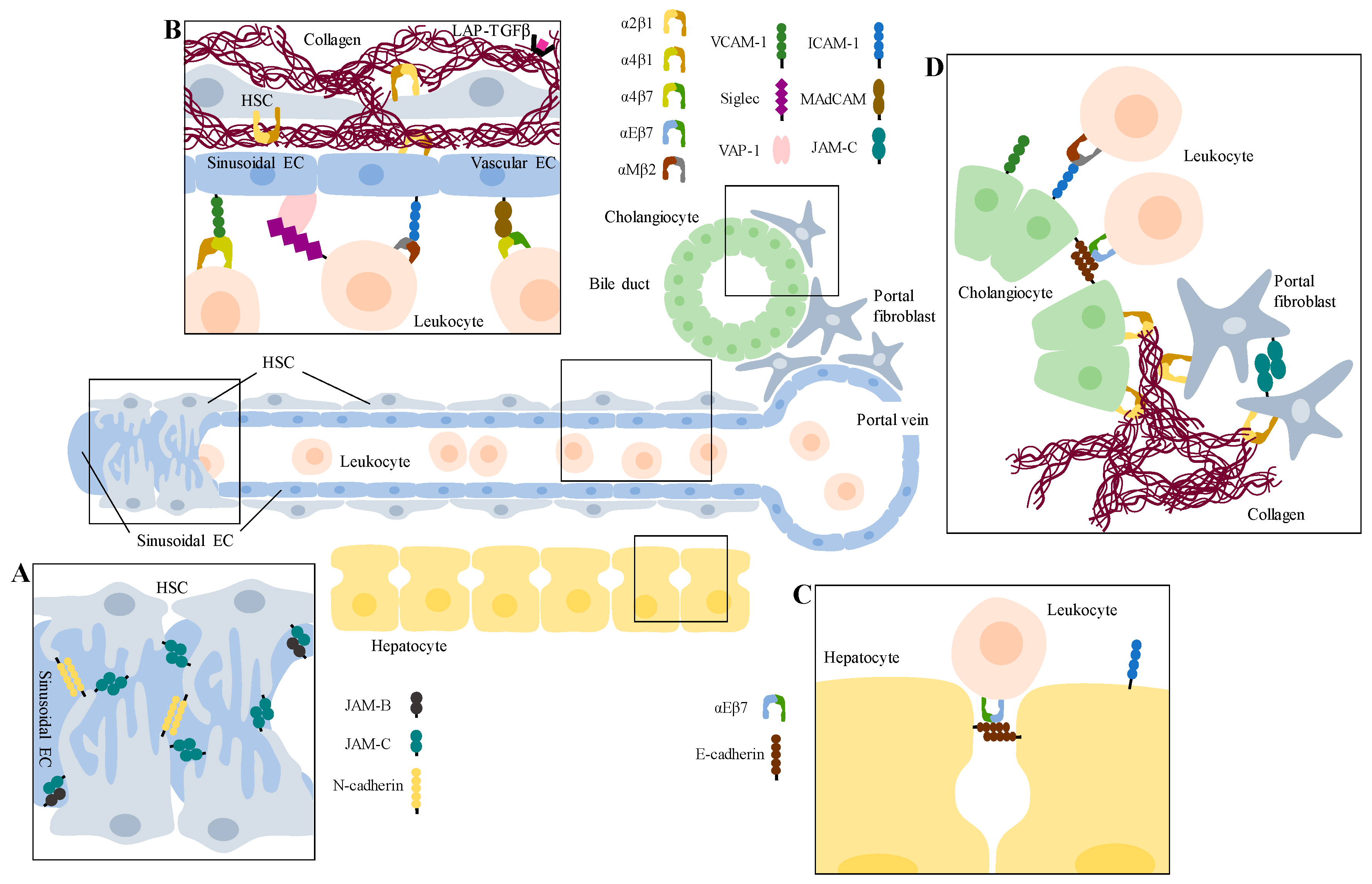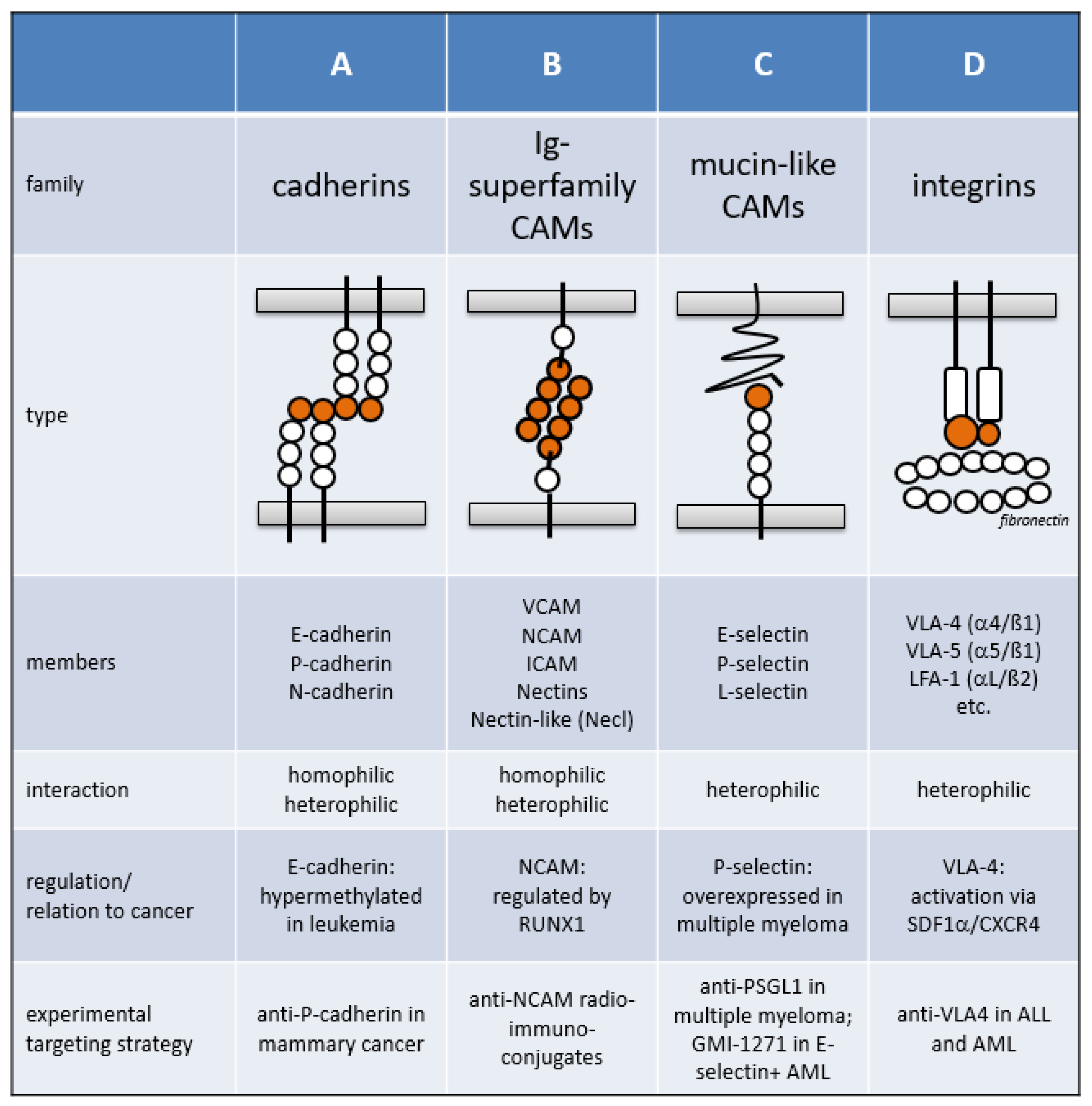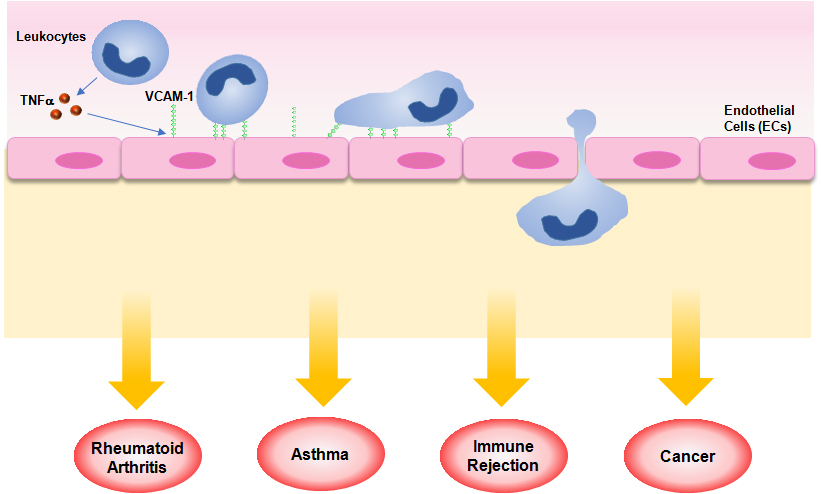Cell Adhesion Molecules Are Thought to Mediate
They include members of the integrin cadherin immunoglobulin selectin and proteoglycan for example syndecans superfamilies. However cellcell adhesion interactions are particularly attractive candidate mediators of synaptogenesis because of their potential to bidirectionally coordinate molecular and morphological.

Cancers Free Full Text Oncogenic Deregulation Of Cell Adhesion Molecules In Leukemia Html
Adhesion molecules are known to -be important components of an active T-cell mediated immune response.

. The neural cell adhesion molecules L1 and N-CAM share a common carbohydrate epitope that is recognized by the monoclonal antibodies L2 and HNK-1. Cell adhesion molecules including receptors of the immunoglobulin superfamily and integrins are of crucial importance in mediating these processes. Ions amino acids allowing passage of signals involved in contraction integration and communication from one cell to another.
7 rows The cell-cell adhesion mediating molecules can further be divided by their ligands as. Selectins are small proteins that mediate the. Selectins members of the immunoglobulin superfamily and integrins.
Elextrodiagnostic Medicine Second Edition 2002 Download as PDF About this page Adhesion Molecules. Integrins are thought to immobilize leucocytes that are rolling leading to spreading on the endothelial surface. The selectin family of adhesion molecules are thought to mediate rolling by binding counter-receptors that present carbohydrates such as sialyl Lewisx sLex.
They mediate interactions between leukocytes and endothelial cells facilitating the initial process of leukocyte rolling firm attachment to endothelium transendothelial migration diapedesis and migration along connective tissue. Nectin1 nectin2 nectin3 and nectin4 and all of them present two or three splice variants 42. Work by many researchers has illuminated their roles in modulating activation of molecules such as receptor tyrosine kinases with subsequent effects on cell survival migration and process extension.
The cell adhesion receptors are usually transmembrane glycoproteins that mediate binding interactions at the extracellular EC surface and determine the specificity of cellcell and cellECM recognition. Cell adhesion molecules mediate the extravasation of leukocytes and their accumulation in the inflamed intestinal mucosa. Nectins and nectin-like molecules Necls are immunoglobulin-like cell adhesion proteins IgCAMs that mediate Ca2-independent cellcell adhesion in several tissues during development 6.
Their role in transplantation is reviewed. Binds cells to other cells on lateral margins Located at the zonula adherens- belt desmosomes in the intestinal epithelial cells They interact with spectrin and ankyrin like proteins cantenins associated with actin filaments Immunoglobulin Superfamily. Adhesion molecules have been divided into three major families.
Signals generated at a site of inflammation cause circulating T cells to respond by rolling arrest and then transmigration through the endothelium all of which are mediated by adhesion molecules. Recently we described a cell-free system for rolling using sLex-coated microspheres and E. Cell Adhesion Molecule 410857 L1CAM is a transmembrane glycoprotein that is expressed by neurons in Schwann cells and is thought to play a role in the development of the CNS particularly in regard to neuronal outgrowth and pathfinding.
In the center of all anti-tumor responses is the ability of the immune cells to migrate to the tumor site and to interact with each other and with the malignant cells. Consequently strategies have been developed. Simplified representation of how cell.
The cadherin protein family are common cell-adhesion molecules CAMs that mediate cell-cell contacts at anchoring junctions eg. The result is a well-defined structurea desmosome a hemidesmosome a focal adhesion or an adherens junctionthat is easily identified in the electron microscope. This process is controlled by a family of CAM molecules including ICAM1 PECAM1 and MADCAM1 the selectins and the integrins.
A calcium dependent adhesion molecule Mediate homotypic cell-cell adhesion. The L2HNK-1 epitope is also present on the myelin-associated glycoprotein MAG which is thought to mediate surface interactions between the axon and myelinating cell. These molecules can be divided into three major classes.
Cell adhesion molecules CAMs are now known to mediate much more than adhesion between cells and between cells and the extracellular matrix. The nectin family is composed of four members. The selectins the integrins and the immunoglobulin superfamily.
The binding of individual E-cadherin proteins was thought to drive adhesion with clusters formed in an adhesion- dependent manner before merging and becoming uniformly distributed over time. In this study murine endothelial cell lines were used as a model to identify novel adhesion molecules that participate in these cellular interactions. They permit the exchange of molecules eg.
Accessory adhesion molecules are thought to influence the first interaction between host leukocytes and graft vascular endothelial cells. They mediate cell-to-cell andor cell-to-ECM interactions and by doing so they trigger intracellular responses affecting intracellular signaling cytoskeletal organization andor gene expression. Cell adhesion molecules are indispensable for nervous system development and maintenance.
They mediate communication rather than adhesion and beside epithelial cells are also found in cardiac and smooth muscle cells. Expressed on the cell surface adhesion molecules recognize and bind specific ligands eg other adhesion molecules or extracellular matrix proteins and thereby mediate cell-cell and cell-substrate interactions. The unique combination of adhesion molecules expressed on endothelial cells is thought to mediate the specificity of leukocyte-endothelial cell interactions.
Cell-Cell Adhesion To form an anchoring junction cells must first adhere. The dependence of PMN emigration on β 2-integrins is thought to result from their ability to bind ICAM-1 on activated. A bulky cytoskeletal apparatus must then be assembled around the molecules that directly mediate the adhesion.

Cells Free Full Text The Many Roles Of Cell Adhesion Molecules In Hepatic Fibrosis Html

Cancers Free Full Text Oncogenic Deregulation Of Cell Adhesion Molecules In Leukemia Html
Cell Adhesion Molecules In Normal And Cancer Cells A Schematic Download Scientific Diagram

Integrin Functions Illustration Of General Integrin Functions In Download Scientific Diagram

Cell Adhesion Molecules Cams And Junctional Complexes Are Abundant In Download Scientific Diagram

Biology Free Full Text C Type Lectin Cd209l L Sign And Cd209 Dc Sign Cell Adhesion Molecules Turned To Pathogen Recognition Receptors Html

A Simplified Representation Of How Cell Adhesion Molecules Mediate Download Scientific Diagram

Extravasation Of Cancer Cells Is A Multi Step Process The First Step Download Scientific Diagram

A Simplified Representation Of How Cell Adhesion Molecules Mediate Download Scientific Diagram

Structure Of Immunoglobulin Cell Adhesion Molecules Igcams Shown Are Download Scientific Diagram

A Simplified Representation Of How Cell Adhesion Molecules Mediate Download Scientific Diagram

Adhesion Molecules I R D Systems
Cell Adhesion Molecules Part 1
Cell Adhesion Molecules Part 1

Classes Of Adhesion Receptors Involved In Cell Adhesion And Migration Download Scientific Diagram

Ijms Free Full Text Emerging Roles Of Vascular Cell Adhesion Molecule 1 Vcam 1 In Immunological Disorders And Cancer Html

Adhesion Molecules Involved In Leukocyte Endothelial Cell Adhesion Download Table

Potential Role Of Integrins And Cadherins In Cell Adhesion And Cell Download Scientific Diagram

Endothelial Cell Response In Sepsis A Leukocyte Trafficking Download Scientific Diagram
Comments
Post a Comment